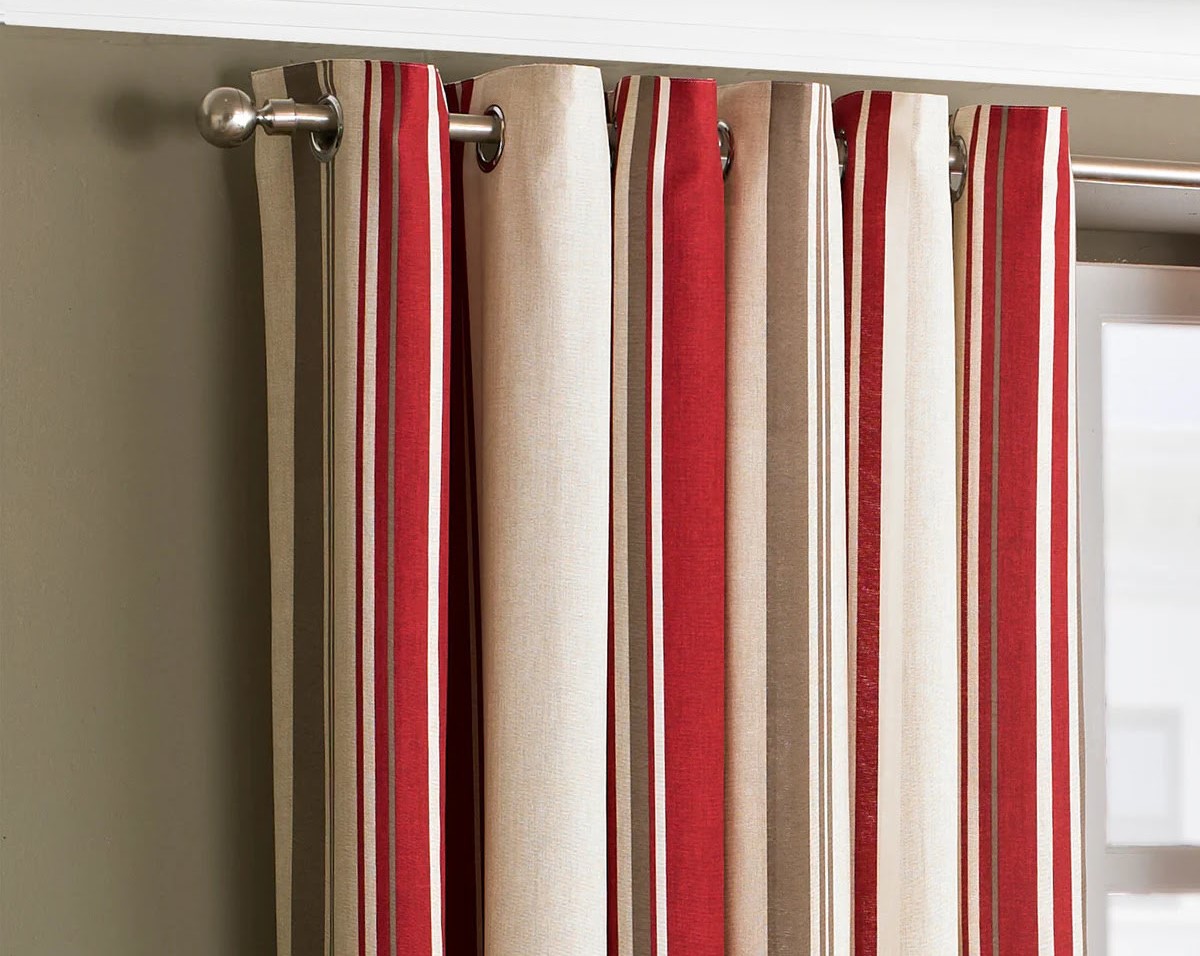

Articles
How Many Rings Does A Standard Curtain Have?
Modified: February 24, 2024
Discover the best articles on how many rings to use for curtains. Find expert tips and advice on selecting the right number of rings for your window treatments.
(Many of the links in this article redirect to a specific reviewed product. Your purchase of these products through affiliate links helps to generate commission for Storables.com, at no extra cost. Learn more)
Introduction
When it comes to dressing up your windows, curtains are an essential component. They not only add a touch of style to your space but also provide privacy and control the amount of light entering a room. While choosing the perfect curtain fabric, color, and length are important considerations, one often overlooked aspect is the curtain rings.
Curtain rings are the small, circular attachments that hang from the curtain rod and hold the curtains in place. They may seem like a minor detail, but they play a crucial role in ensuring smooth movement and proper draping of the curtains. Understanding curtain rings and knowing how many you need can make a significant difference in the overall aesthetic and functionality of your curtains.
In this article, we will delve into the world of curtain rings and explore the factors to consider when choosing and determining the number of rings needed for your curtains. Whether you’re a homeowner looking to refresh your window treatments or an interior designer seeking insights, read on to discover everything you need to know about curtain rings.
Key Takeaways:
- Choose curtain rings that match your curtain rod’s diameter and weight of your curtains. Consider material, design, and ease of use to enhance both functionality and aesthetics.
- Calculate the number of rings needed by considering curtain fullness, weight, length, desired movement, and curtain rod design. Follow tips for proper installation to achieve a seamless and attractive look.
Read more: How Many Holes Does A Shower Curtain Have
Understanding Curtain Rings
Curtain rings, also known as drapery rings or curtain hooks, are small circular attachments that are used to hang curtains from a curtain rod. They are typically made of metal or plastic and feature a loop or clip that attaches to the fabric of the curtain. The main purpose of curtain rings is to allow the curtains to easily glide along the curtain rod, making it easy to open and close them.
Curtain rings come in various sizes, materials, and styles to suit different curtain types and aesthetics. The size of the ring and its compatibility with the curtain rod play a significant role in determining the smoothness of the curtain’s movement. It is important to ensure that the curtain rings you choose are compatible with your curtain rod to prevent any issues with installation or functionality.
Aside from their functional aspect, curtain rings also contribute to the overall aesthetics of your window treatment. They can be decorative and come in a variety of finishes and styles, such as classic metal rings, ornate designs, or modern and sleek options. The choice of curtain rings can enhance the visual appeal of your curtains and complement the overall decor of your room.
When selecting curtain rings, it is essential to consider the weight and fabric of your curtains. Heavier curtains may require stronger and more durable rings, while lightweight curtains may be compatible with simpler and lighter rings. The material of the rings should also be chosen carefully to ensure they can withstand the weight of the curtains and the daily wear and tear.
Overall, understanding curtain rings is crucial to ensure the smooth functionality and visual appeal of your curtains. The right curtain rings will allow your curtains to hang and move effortlessly, adding a touch of elegance to your windows.
Factors to Consider When Choosing Curtain Rings
Choosing the right curtain rings is essential to ensure that your curtains hang properly and function smoothly. Here are some important factors to consider when selecting curtain rings:
- Compatibility with Curtain Rod: The first and foremost factor to consider is the compatibility of the curtain rings with your curtain rod. Ensure that the rings you choose are designed to fit the diameter of your curtain rod. Using mismatched sizes can cause difficulties in installation and may result in the curtains not sliding smoothly.
- Curtain Weight: The weight of your curtains plays a significant role in determining the type of rings you should choose. Heavier curtains require stronger and sturdier rings that can support the weight. Lighter curtains, on the other hand, can be paired with lighter rings. Consider the fabric and thickness of your curtains when selecting the appropriate rings.
- Material: Curtain rings are available in a variety of materials, including metal, plastic, wood, and even fabric. The material you choose should be durable and able to withstand the weight of your curtains. Metal rings are the most common and provide good strength and longevity.
- Design and Aesthetics: Curtain rings can add a decorative element to your curtains and overall window treatment. Consider the style and design of your curtains and choose rings that complement the aesthetics. Whether you opt for simple and understated rings or ornate and decorative styles, make sure they enhance the visual appeal of your curtains.
- Ease of Use: Look for curtain rings that are easy to use and provide smooth movement along the curtain rod. Rings with clips allow for easy installation and removal of curtains, while loop-style rings are a classic and versatile option. Consider your preference and ease of use when selecting the type of rings.
By considering these factors, you can choose the right curtain rings that not only function well but also enhance the overall look of your curtains and windows. Take your time to select the appropriate rings that meet your specific requirements and complement the style of your space.
Different Types of Curtain Rings
When it comes to curtain rings, there are several different types available, each with its own unique features and advantages. Understanding the different types can help you choose the right rings for your curtains. Here are some common types of curtain rings:
- Metal Rings: Metal rings are a popular choice for curtains due to their durability and sleek appearance. They are typically made of materials like stainless steel, brass, or iron, and can withstand heavier curtain fabrics. Metal rings often come in various finishes such as polished, satin, or antique, allowing you to match them with your curtain rod or room decor.
- Plastic Rings: Plastic rings are lightweight, affordable, and versatile. They are available in various colors and styles and can be a great option for lighter curtains or in spaces where you want a more casual or contemporary look. Plastic rings are easy to install and maintain, making them a practical choice for many homeowners.
- Wooden Rings: For a touch of warmth and natural beauty, wooden rings are an excellent choice. They bring a rustic or traditional aesthetic to your curtains and can be matched with wooden curtain rods or furniture in the room. Wooden rings are typically made of hardwoods like oak, maple, or walnut, providing both durability and visual appeal.
- Fabric Rings: Fabric rings are a unique and elegant choice for curtains. They are typically made from the same fabric as the curtains themselves, creating a seamless and coordinated look. Fabric rings offer a softer and more delicate appearance, perfect for lighter fabrics and rooms with a feminine or romantic style.
- Ring Clips: Ring clips are a versatile option that allows you to easily attach curtains to the rings. They usually have a spring-loading mechanism that holds the curtain fabric securely in place. Ring clips offer flexibility as they allow you to adjust the height of the curtain and remove or change curtains easily.
Each type of curtain ring has its own pros and cons, so consider your specific needs and preferences when making a choice. You may also find specialty rings that offer additional features such as smooth glide rollers or hooks for specific curtain styles or tracks. Take your time to explore the various options and select the type of curtain rings that best match your curtains and desired aesthetic.
When determining how many rings to use for curtains, a general rule of thumb is to use one ring for every 4-6 inches of curtain width. This will ensure that the curtains hang evenly and smoothly when opened and closed.
How to Determine the Number of Rings Needed
Determining the number of curtain rings needed for your curtains is essential to ensure proper draping and smooth movement. Here’s a step-by-step guide to help you determine the correct number of rings:
- Measure the Curtain Rod Length: Start by measuring the length of your curtain rod. This will be the width of your curtains when fully opened.
- Calculate the Spacing: Decide on the spacing between each ring. A general rule of thumb is to space the rings evenly, around 6 to 8 inches apart. However, you can adjust this spacing according to your preference and the weight of your curtains. Keep in mind that larger or heavier curtains may require closer spacing to provide proper support and prevent sagging.
- Determine the Starting and Ending Points: Decide where you want the curtains to start and end when fully opened. Mark these points on the curtain rod. These points will help you determine the number of rings needed.
- Calculate the Number of Rings: To determine the number of rings needed, divide the length of the curtain rod by the spacing between each ring. For example, if your curtain rod measures 60 inches and you want a spacing of 8 inches between each ring, divide 60 by 8. The result, in this case, would be 7.5. Since you can’t have half of a ring, round up to the nearest whole number. In this example, you would need 8 rings.
- Add Extra Rings: It’s always a good idea to add a few extra rings to ensure smooth movement and avoid any gaps in the curtain when closed. Adding 2 to 4 extra rings should suffice in most cases.
By following this simple calculation, you can determine the approximate number of rings needed for your curtains. However, keep in mind that this is a general guide, and you may need to adjust the number of rings based on the specific characteristics of your curtains and your personal preference.
Additionally, if you have pleated curtains or curtains with specific heading styles, such as a goblet or pencil pleat, you may need to consult a curtain specialist or refer to specific guidelines for those styles to determine the appropriate number of rings.
Factors to Consider When Determining the Number of Rings
When determining the number of rings needed for your curtains, there are a few factors to consider to ensure the optimal hanging and functionality of your window treatments. Let’s explore these factors:
- Curtain Fullness: The fullness of your curtains plays a significant role in determining the number of rings required. Fullness refers to the extra fabric used to create folds or pleats in the curtains. If you have curtains with a higher fullness, such as those with a gathered or pleated style, you may need more rings to achieve the desired curtain appearance and proper draping.
- Weight of the Curtains: The weight of your curtains also influences the number of rings needed. Heavier fabrics, like velvet or lined curtains, require more support and may need additional rings to distribute the weight evenly. Lighter fabrics may require fewer rings but should still have enough to prevent the curtains from sagging or looking flat.
- Curtain Length: The length of your curtains can impact the number of rings as well. Longer curtains may require more rings to maintain the desired appearance and prevent the fabric from sagging or dragging along the floor. Additionally, consider the placement of the rings in relation to the length of the curtain; if your curtains have a specific pattern or design, you may want to ensure that important elements are not obscured by the rings.
- Desired Curtain Movement: Consider how you want your curtains to move when opening and closing them. If you want a seamless and fluid motion, more rings may be needed to create smaller sections, allowing for smooth sliding. On the other hand, if you prefer a less gathered or more casual look, you may opt for fewer rings, providing a looser and more relaxed appearance.
- Curtain Rod Design: Take into account the design and style of your curtain rod. Some rods come with built-in hooks or loops that can eliminate the need for additional rings. Additionally, if your curtain rod has decorative finials or endcaps, consider the space needed for the rings without obstructing these elements.
By considering these factors, you can determine the appropriate number of rings needed for your curtains. It’s always beneficial to consult with a curtain specialist or refer to specific guidelines provided by the curtain manufacturer, especially if you have unique curtain styles or special requirements. Taking the time to assess these factors will ensure that your curtains hang beautifully and function smoothly.
Tips for Hanging Curtains with Rings
Hanging curtains with rings can add a touch of elegance and sophistication to your windows. Here are some tips to help you achieve the best results when hanging curtains with rings:
- Pick the Right Rings: Choose curtain rings that are sturdy and compatible with your curtain rods. Ensure that the rings are appropriate for the weight and fabric of your curtains to ensure smooth movement and proper draping.
- Measure and Space Rings Evenly: Before installing the rings, measure the spacing between each ring carefully. Aim for evenly spaced rings to ensure a balanced and symmetrical look. The general guideline is to space the rings 6 to 8 inches apart, but adjust this based on the weight and fullness of your curtains.
- Attach Rings to the Curtains: Whether your rings have clips or loops, carefully attach them to the top edge of the curtains. For rings with clips, open the clip and attach it securely to the fabric. For rings with loops, thread the curtain fabric through the loop and ensure it is held firmly.
- Install the Curtain Rod: Install the curtain rod securely according to the manufacturer’s instructions. Ensure that it is level and that any brackets or supports are securely fastened. Take into account the weight of the curtains and the additional weight of the rings when installing the rod.
- Hang the Curtains: Slide each ring onto the curtain rod, starting from one end. Take care to distribute the weight of the curtains evenly across the rod. Arrange the pleats or folds of the curtains as desired once they are hung to ensure an even and attractive appearance.
- Adjust the Rings: Once the curtains are hung, take the time to adjust the position of the rings if necessary. Ensure that the curtains hang evenly and are not too tight or too loose between the rings. Adjust any clips or loops to achieve the desired drape and appearance.
- Test the Movement: Test the movement of the curtains by gently pulling them open and closed. Ensure that the rings glide smoothly along the curtain rod and that the curtains open and close without any snags or obstructions. Make any necessary adjustments to the rings or rod to improve the curtain’s movement.
- Final Touches: Once the curtains are hung, step back to assess the overall appearance. Ensure that the curtains hang evenly and are at the desired height. Adjust the rings or curtain rod if necessary for a polished and balanced look.
Remember to follow the manufacturer’s instructions for your specific curtain rings and curtains to ensure proper installation and optimal functionality. Taking the time to hang curtains with rings correctly will enhance the visual appeal of your windows and provide a luxurious finishing touch to your space.
Conclusion
Curtain rings may seem like a small and insignificant detail, but they play a vital role in the functionality and appearance of your curtains. Choosing the right curtain rings and determining the appropriate number are essential steps to ensure that your curtains hang smoothly and add style to your space.
Understanding curtain rings helps you make informed decisions when selecting the type of rings that best suit your curtains and curtain rods. Consider factors such as compatibility with the rod, curtain weight, material, design, and ease of use. By taking these factors into account, you can find the perfect set of curtain rings that enhance the overall aesthetic of your window treatment.
When determining the number of rings needed, factors such as curtain fullness, weight, length, desired movement, and curtain rod design should be considered. By carefully calculating the spacing and accounting for these factors, you can ensure the proper draping and balance of your curtains.
Follow the tips for hanging curtains with rings to achieve the best results. Select the right rings, measure and space them evenly, attach them securely to the curtains, and install the curtain rod properly. Taking the time to adjust the rings and test the curtain’s movement will ensure a seamless and attractive look.
Remember, curtain rings are not just functional; they also contribute to the overall aesthetic of your curtains and room decor. By choosing the right rings and hanging them properly, you can elevate the look of your window treatment and create a more visually appealing space.
In conclusion, don’t overlook the importance of curtain rings when it comes to creating a stylish and functional window treatment. By understanding the different types of rings, factors to consider when choosing and determining the number of rings, and following the tips for hanging curtains, you can achieve the perfect look for your curtains and transform the ambiance of your living space.
Frequently Asked Questions about How Many Rings Does A Standard Curtain Have?
Was this page helpful?
At Storables.com, we guarantee accurate and reliable information. Our content, validated by Expert Board Contributors, is crafted following stringent Editorial Policies. We're committed to providing you with well-researched, expert-backed insights for all your informational needs.
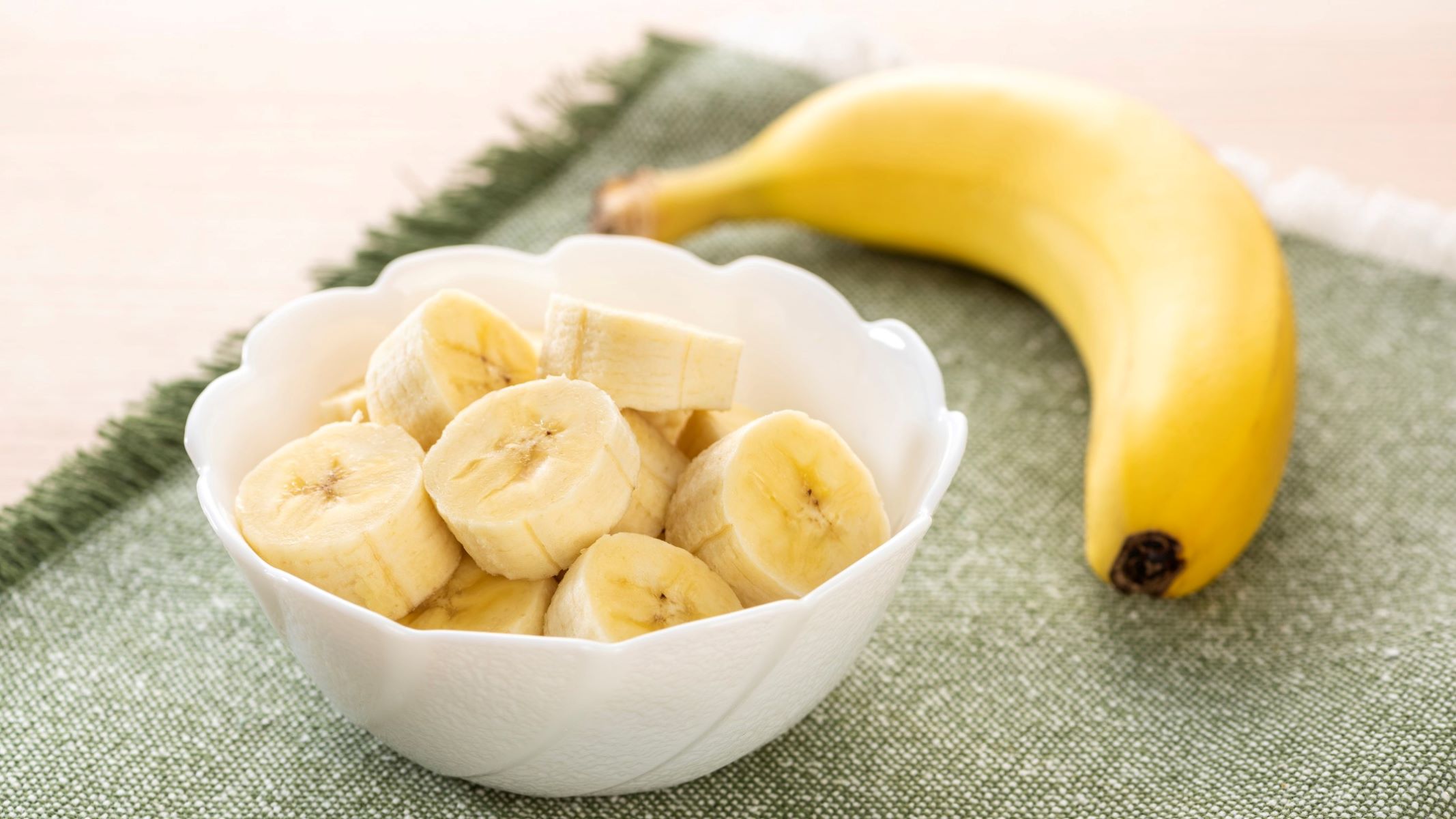

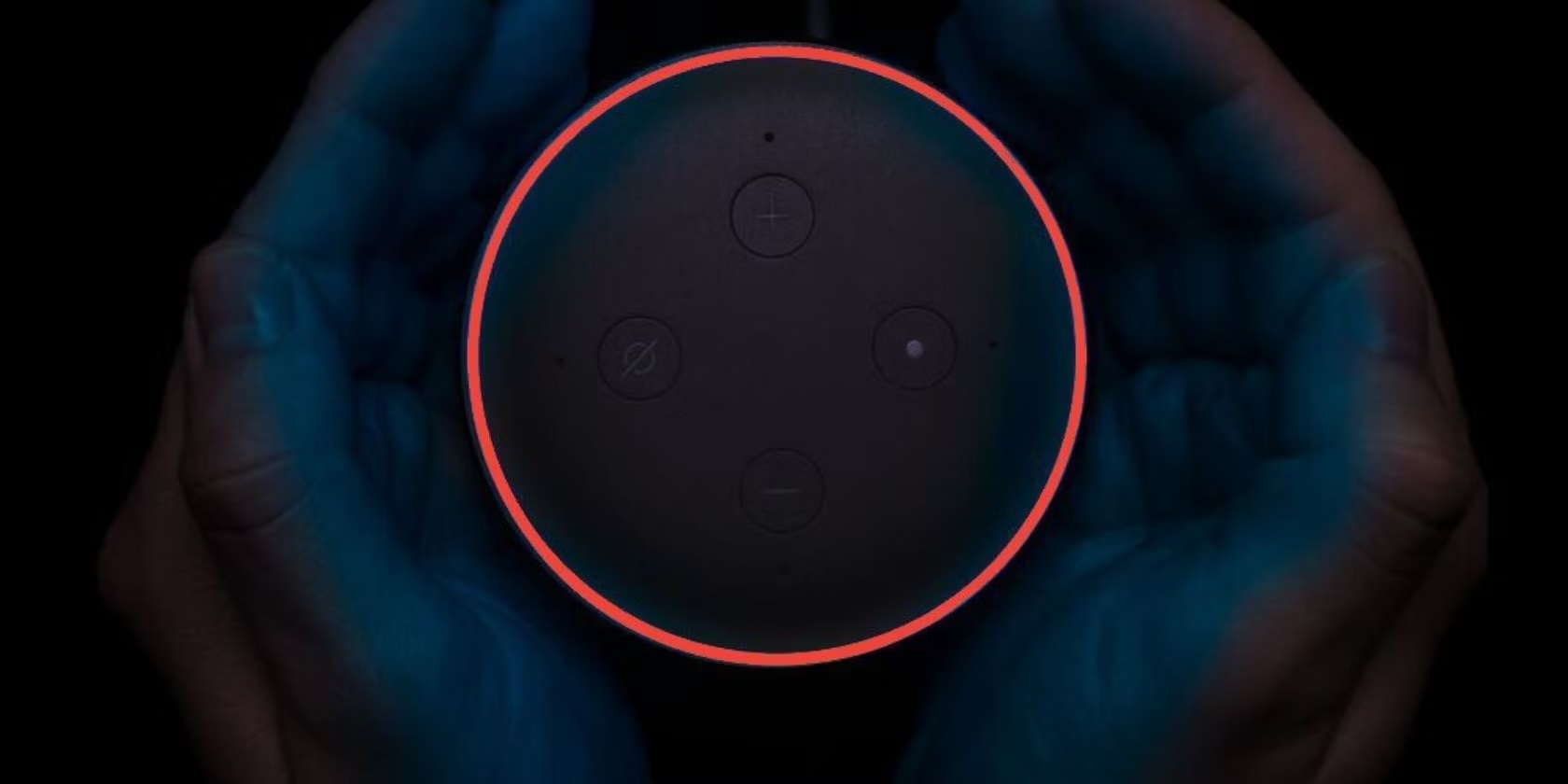


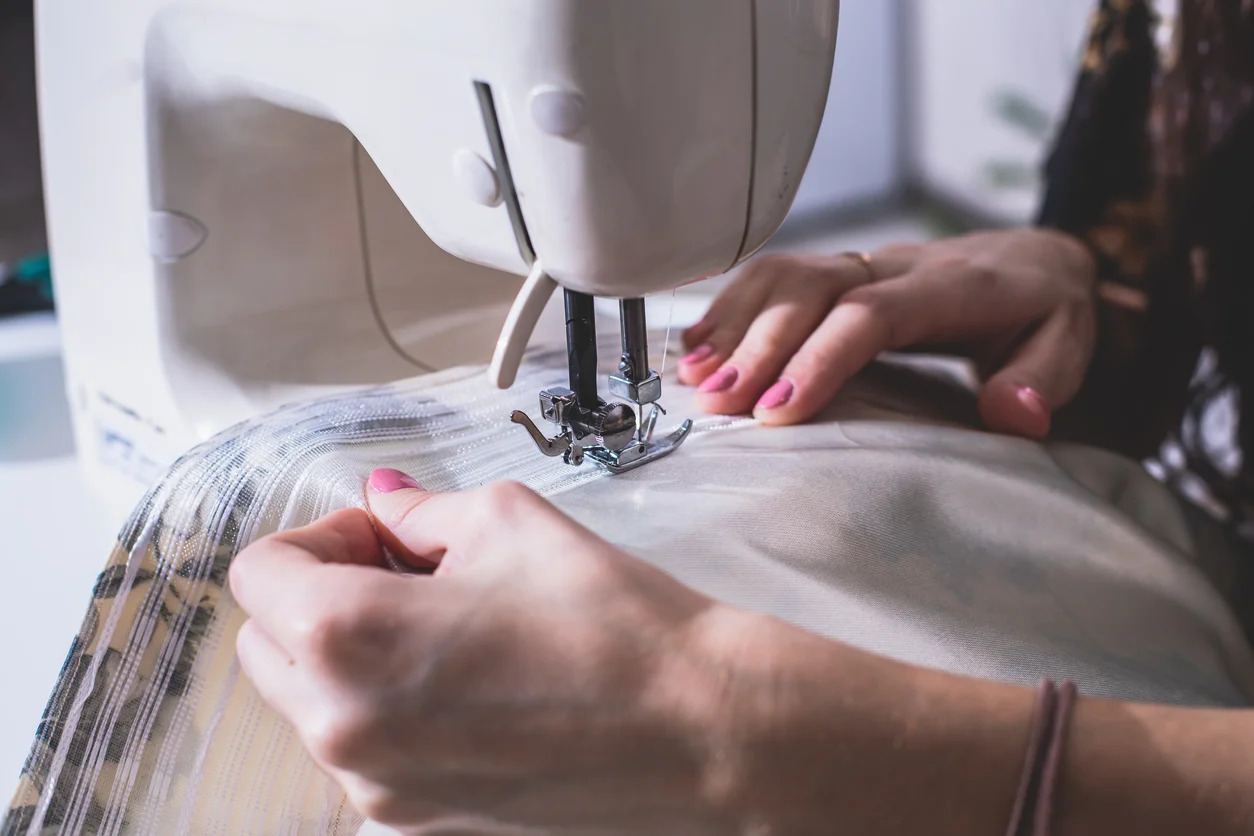
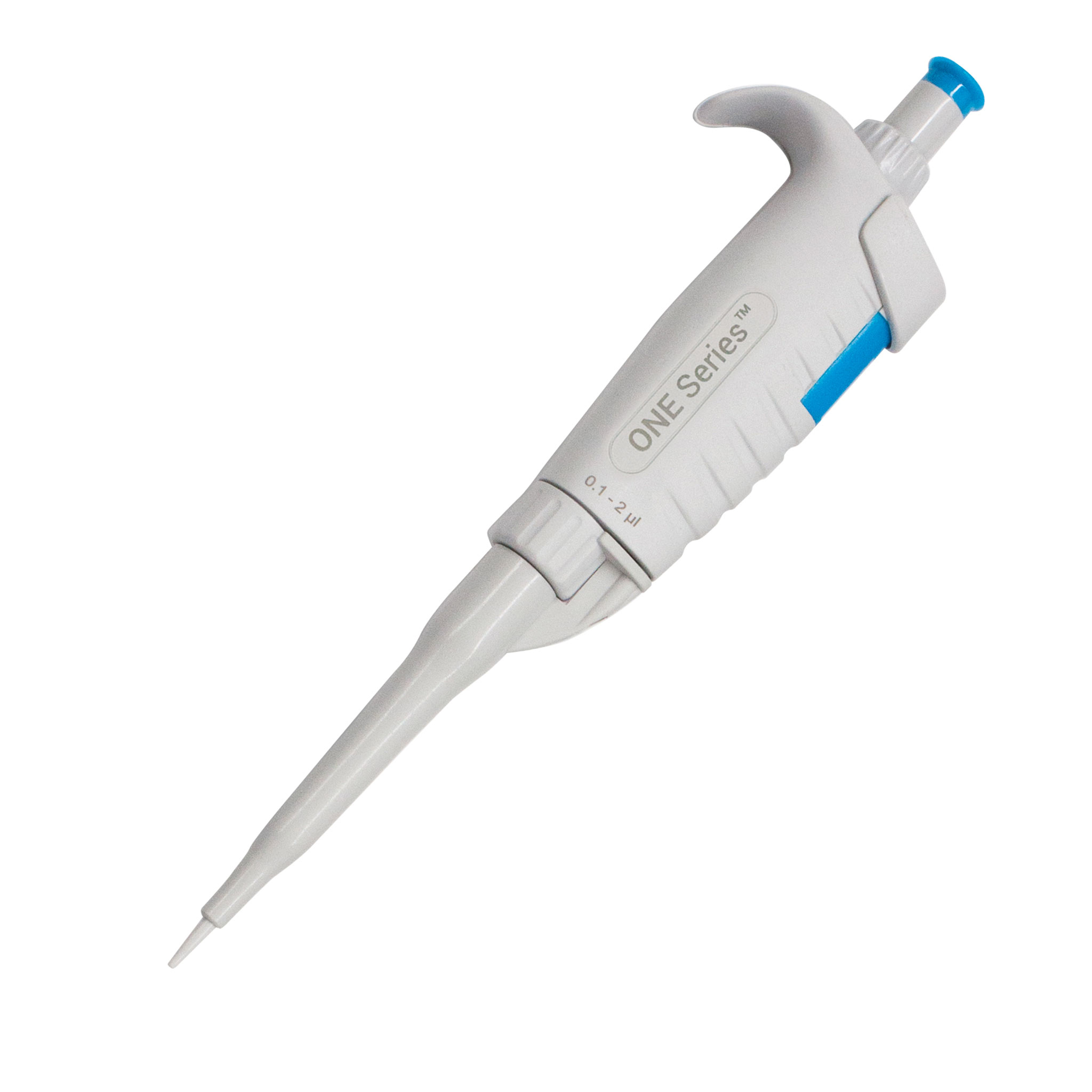

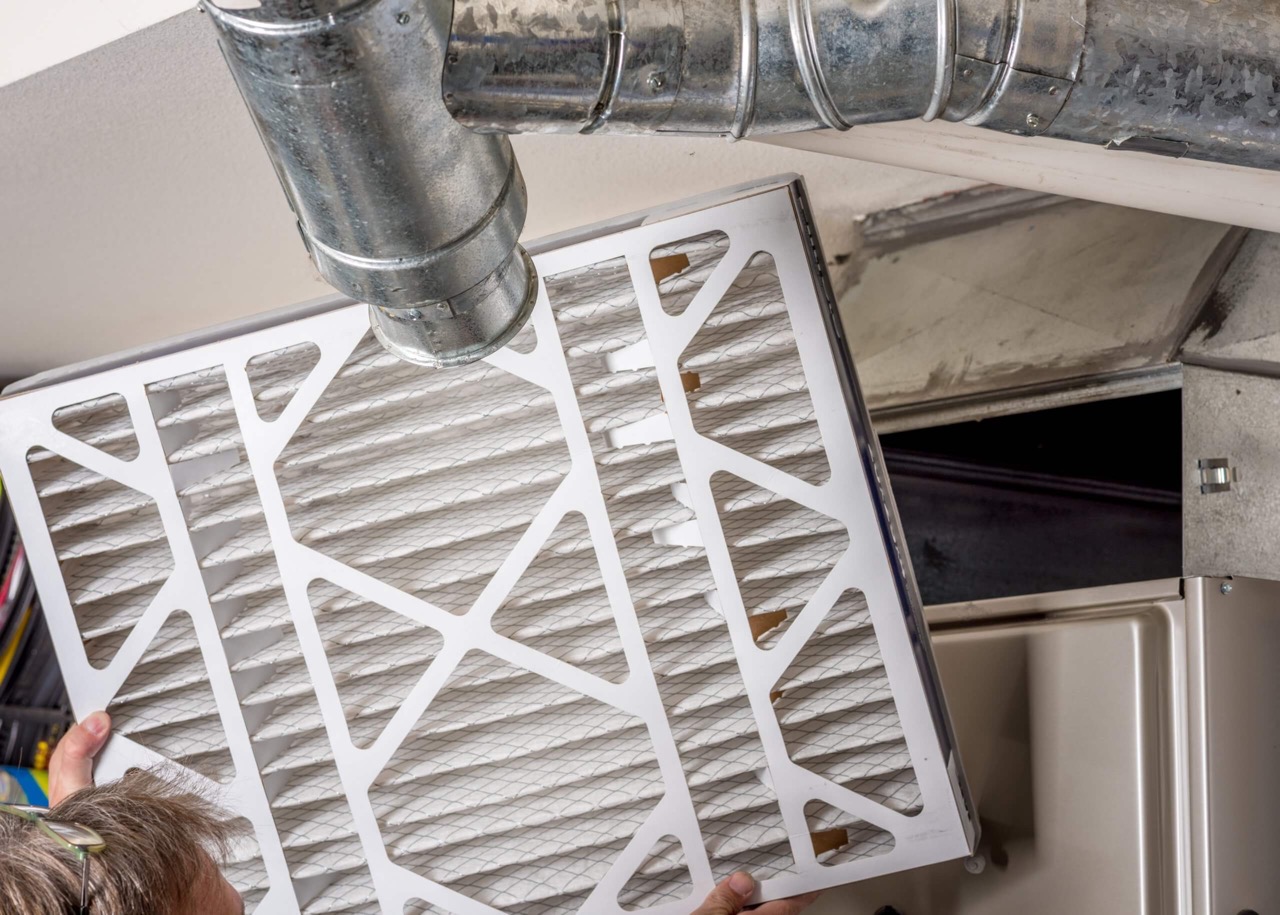

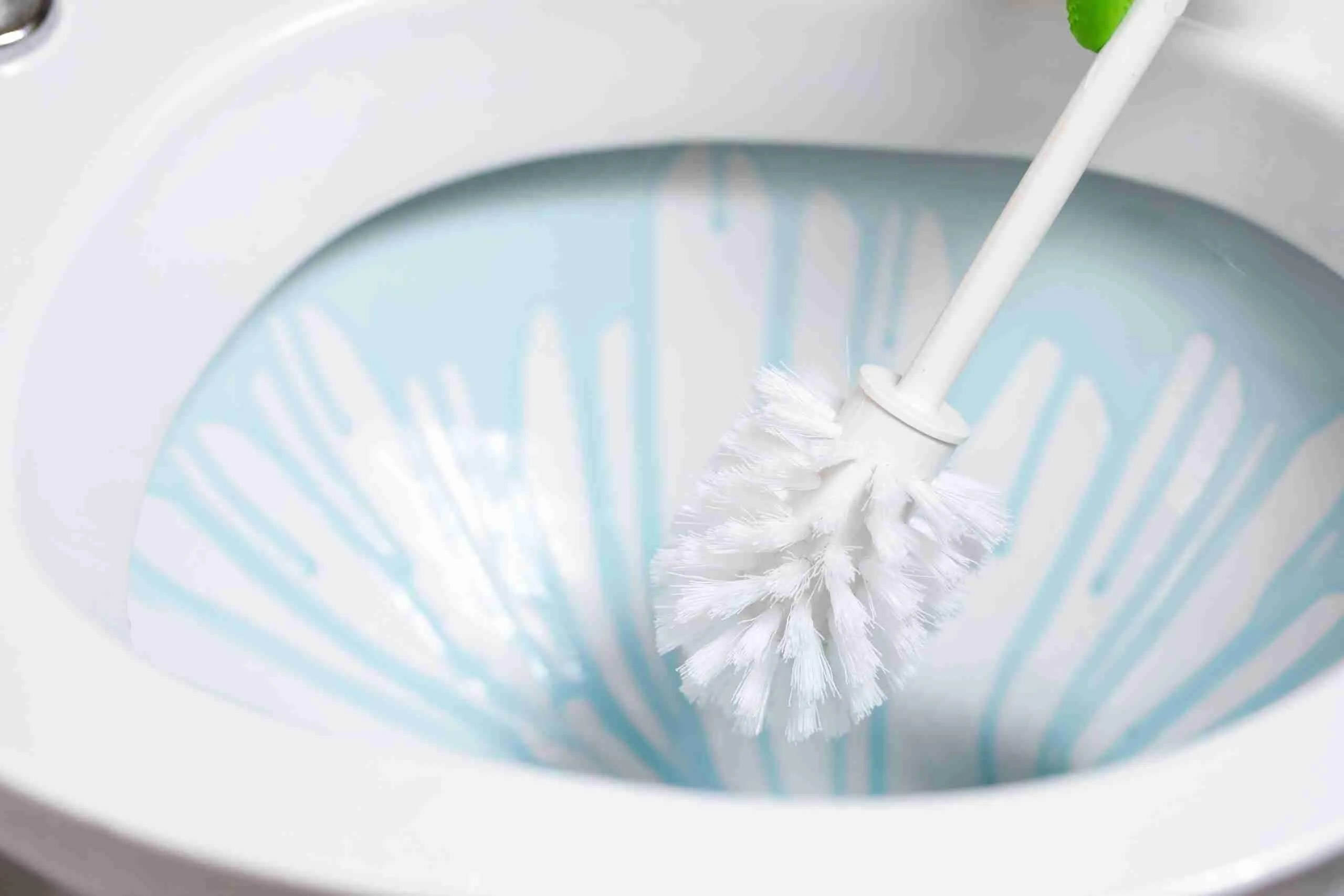
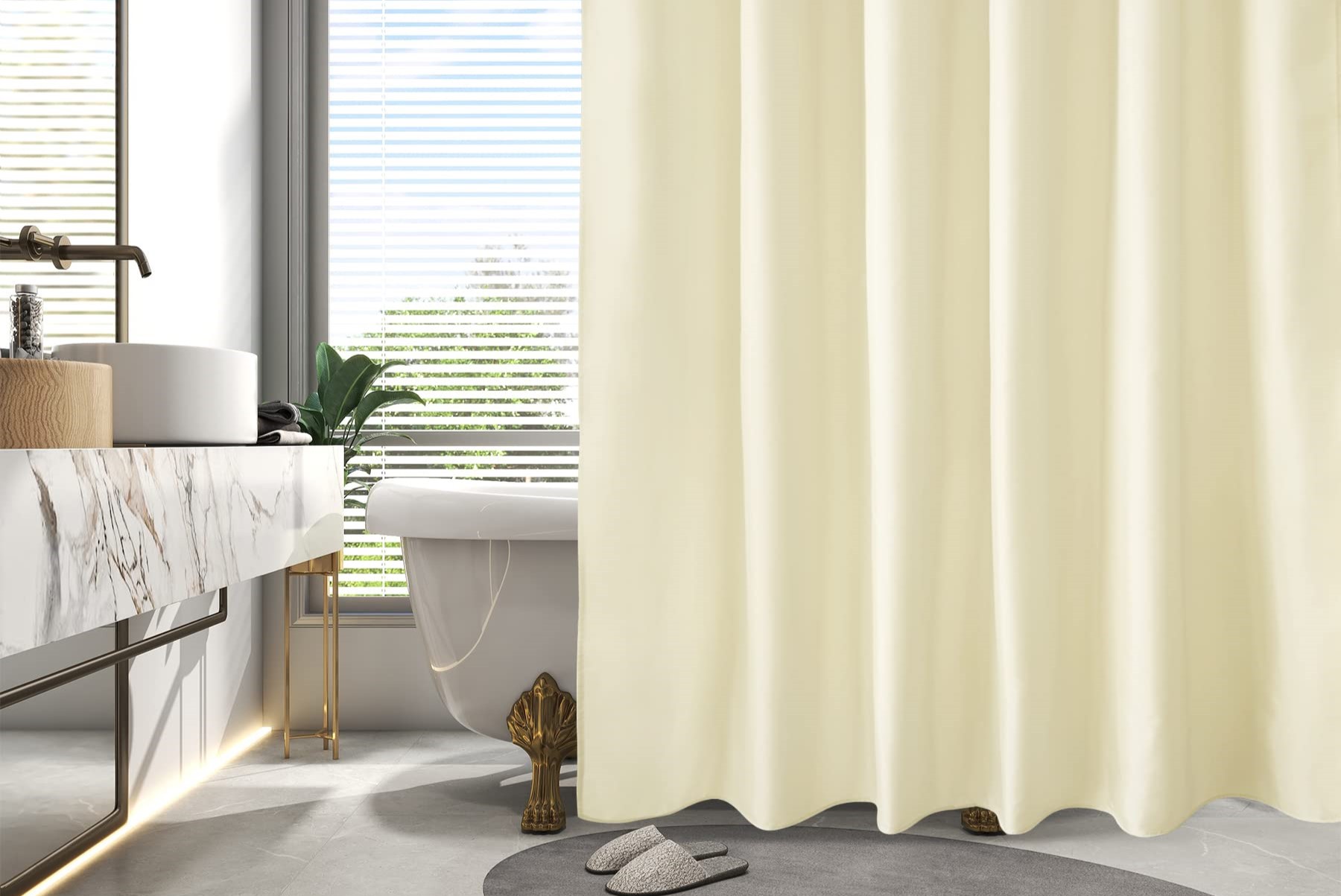
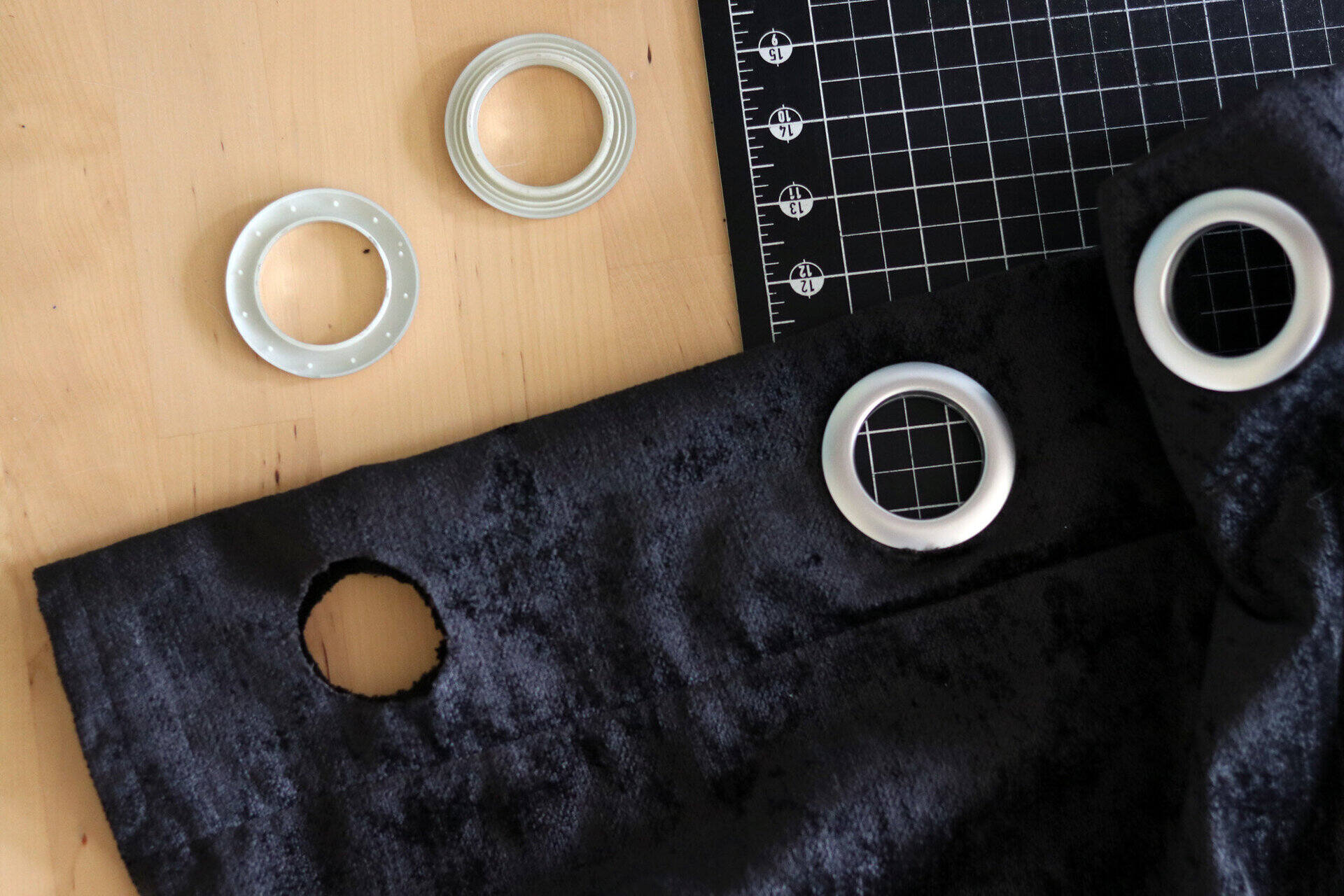


0 thoughts on “How Many Rings Does A Standard Curtain Have?”